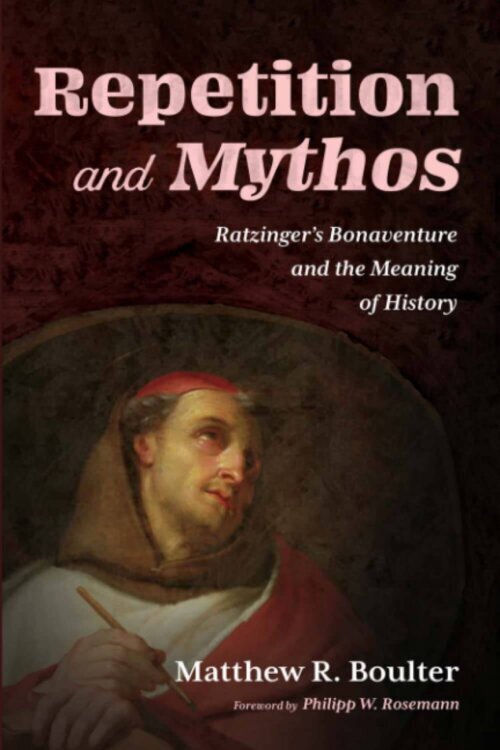Mythos and History: A Review of Matthew Boulter’s “Repetition and Mythos: Ratzinger’s Bonaventure and the Meaning of History”

Matthew Boulter. Repetition and Mythos: Ratzinger’s Bonaventure and the Meaning of History. Eugene, OR: Pickwick Publications, 2022.




